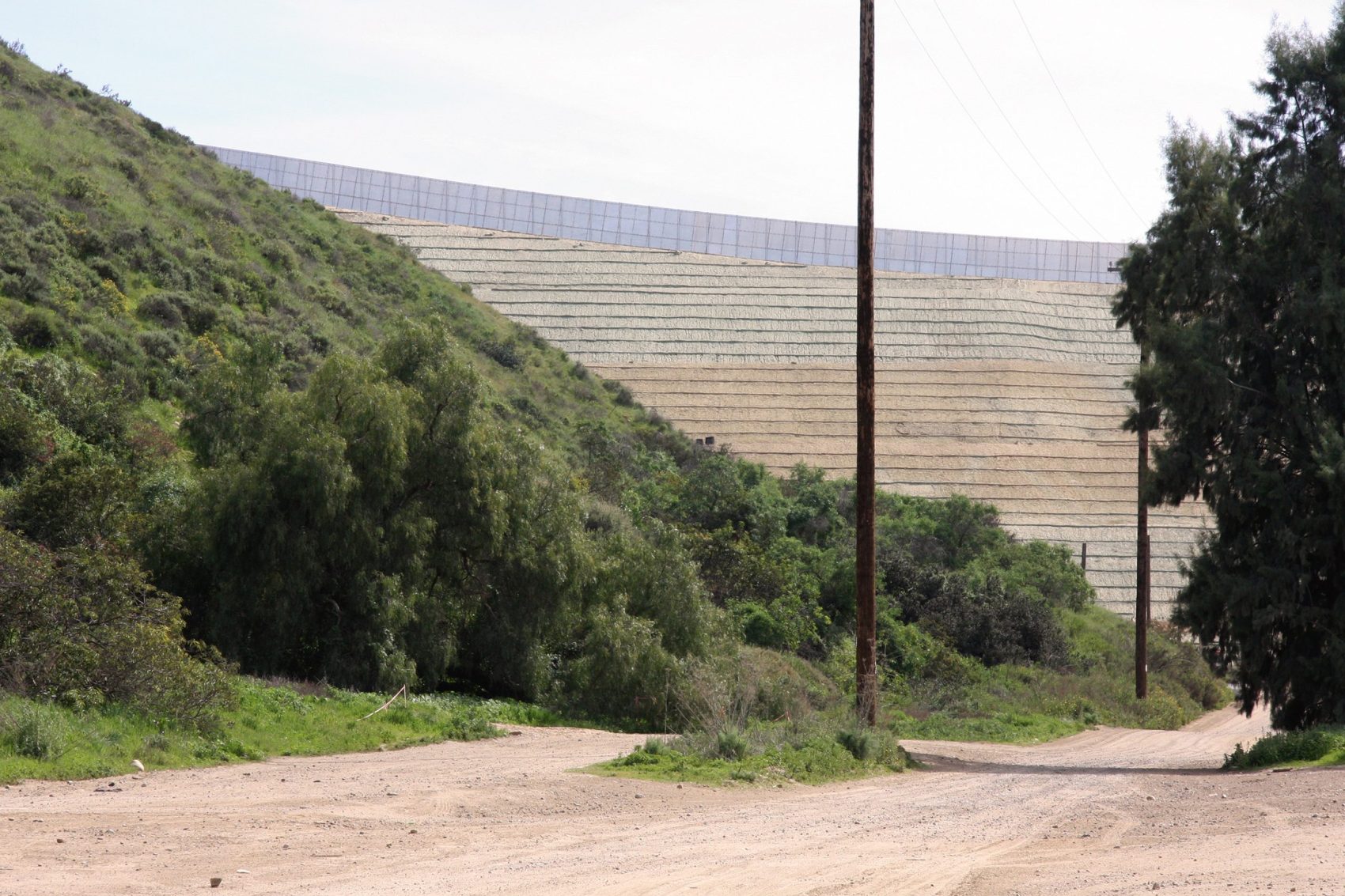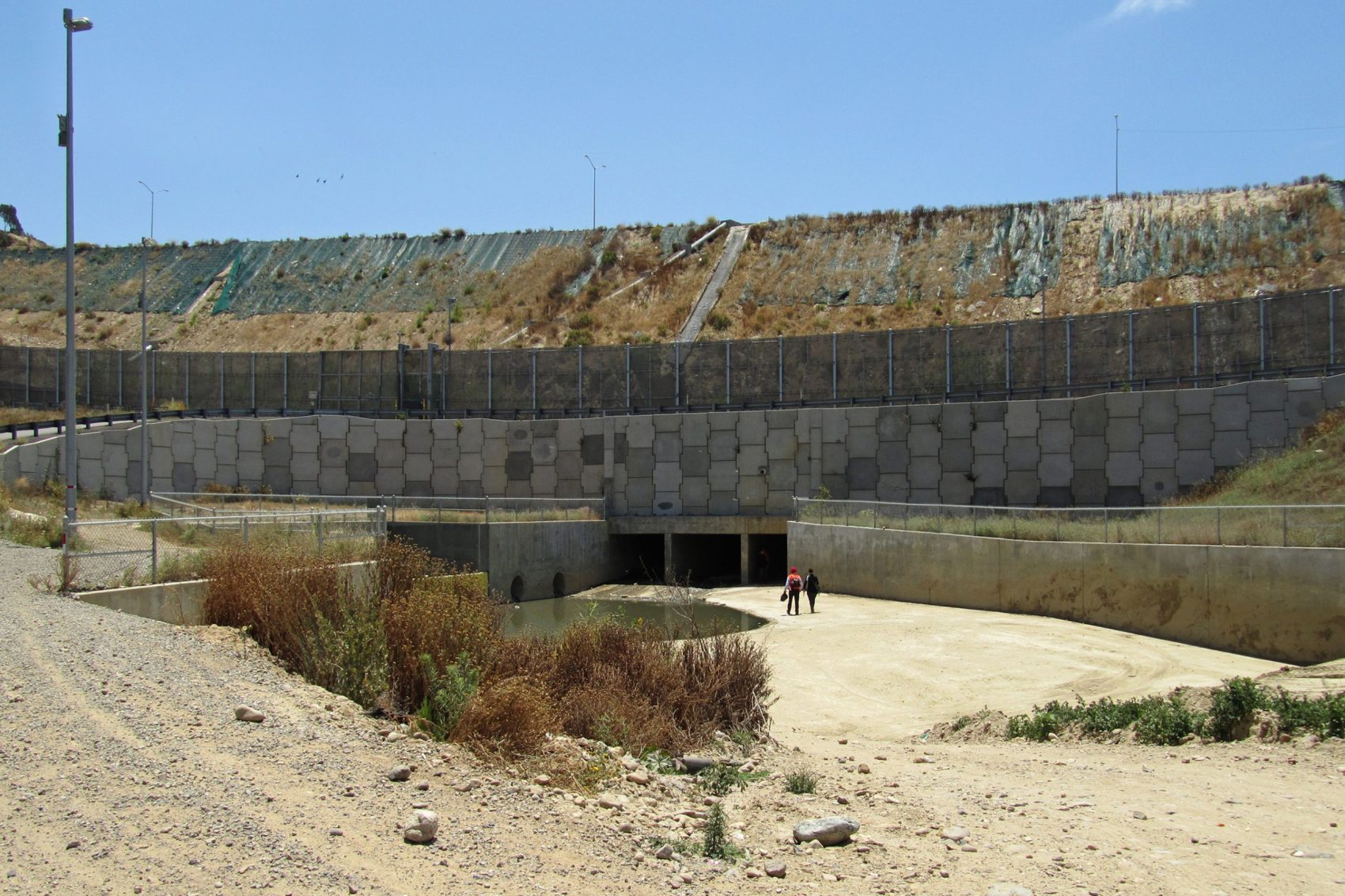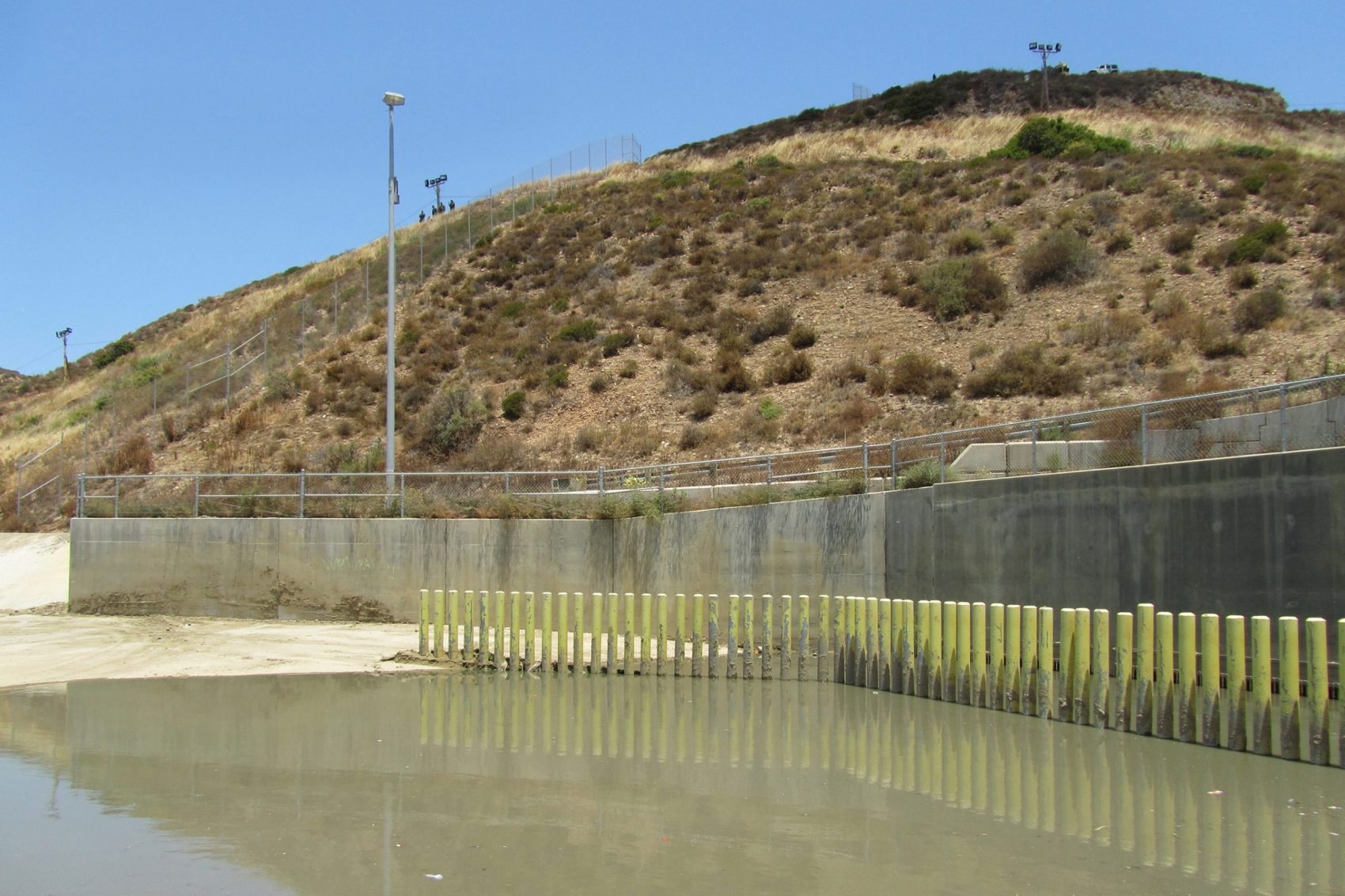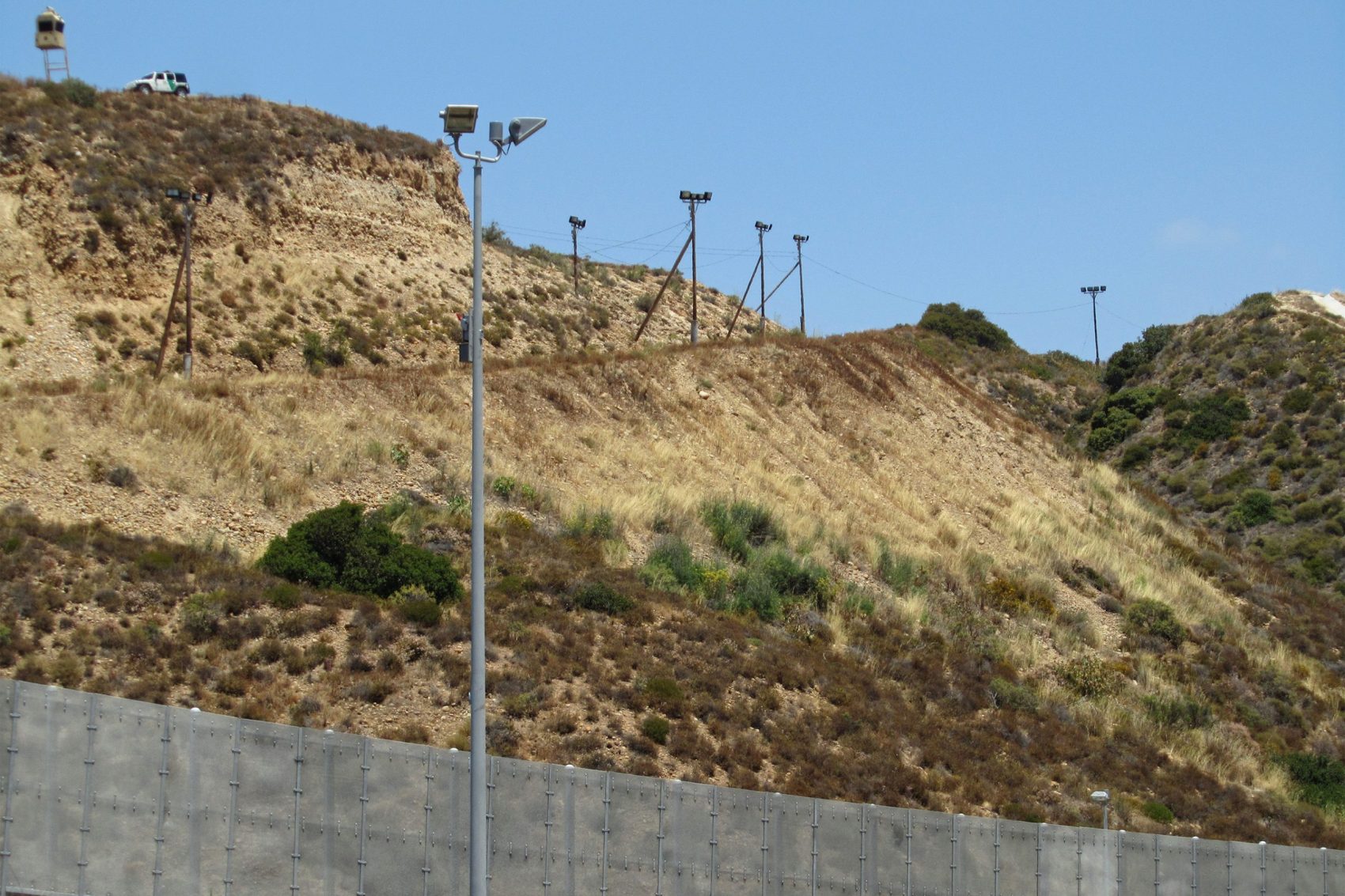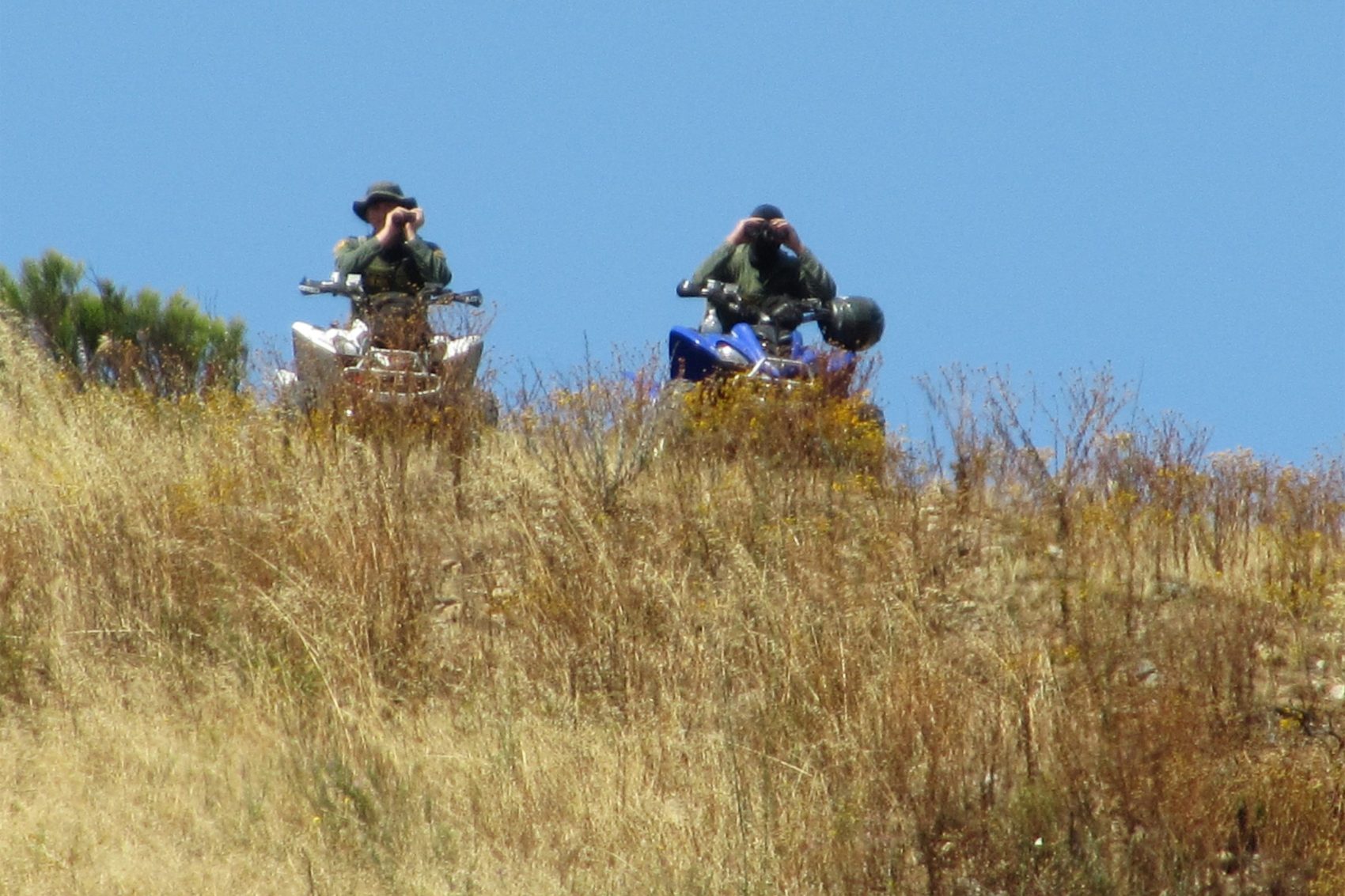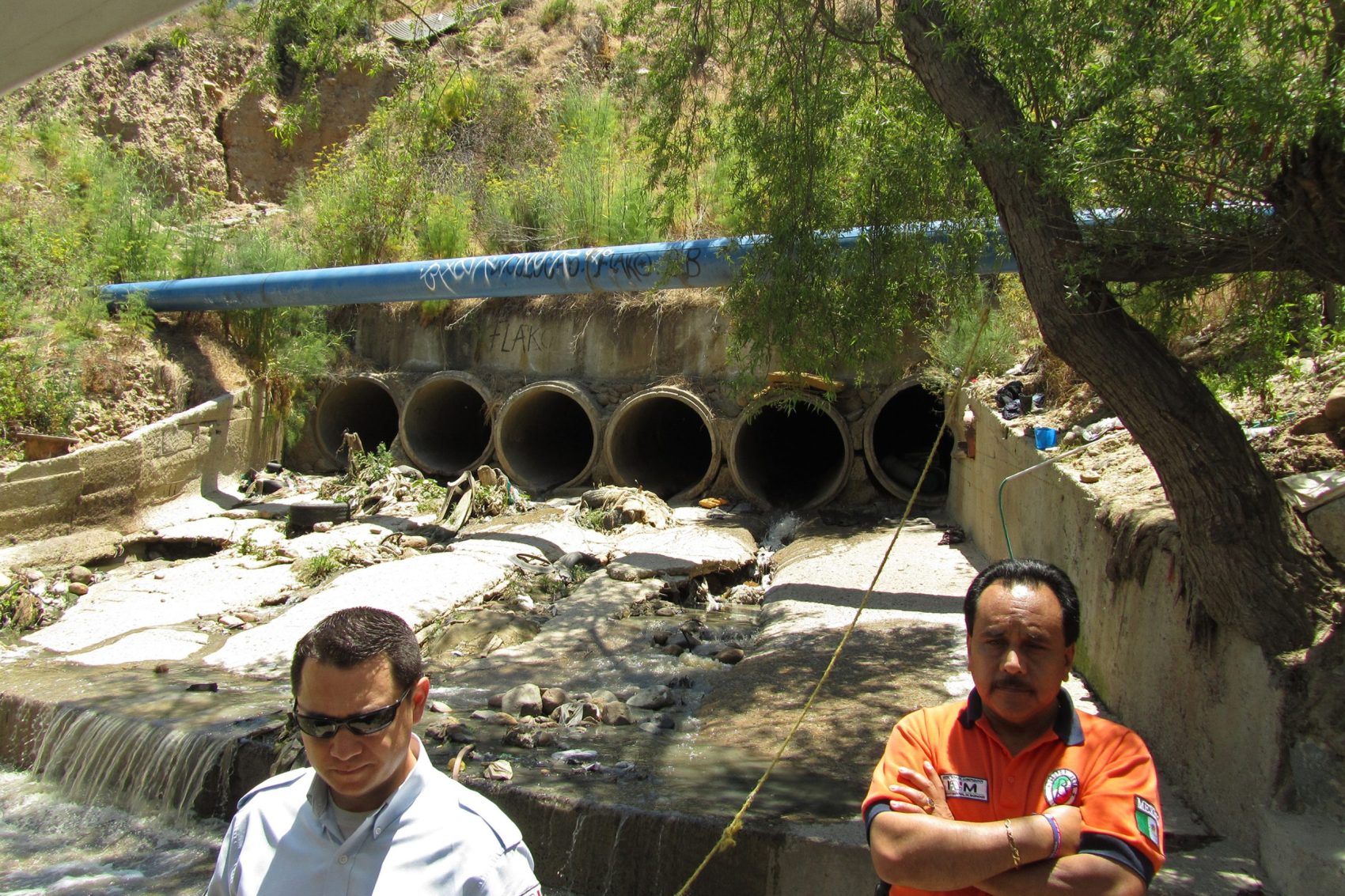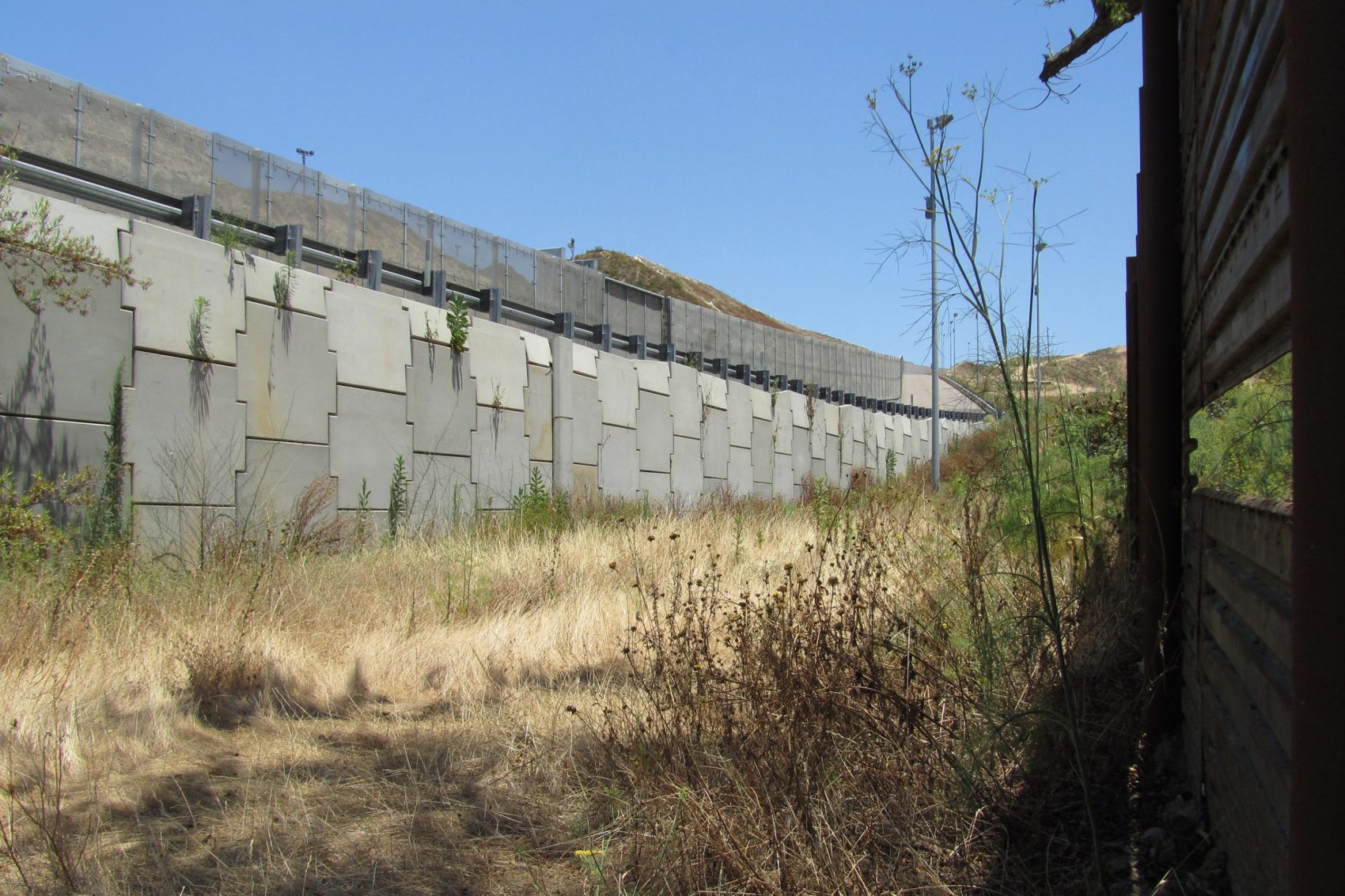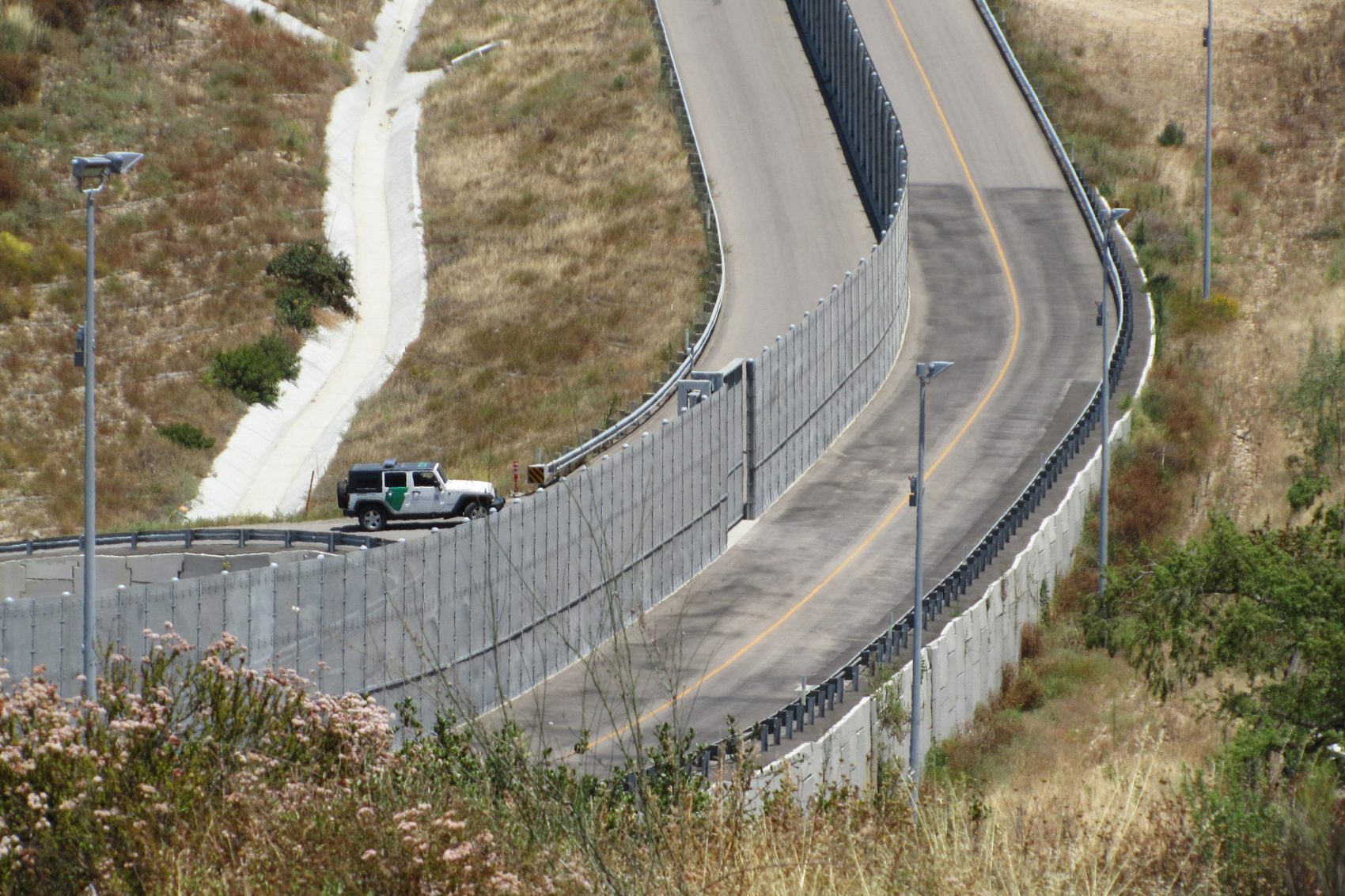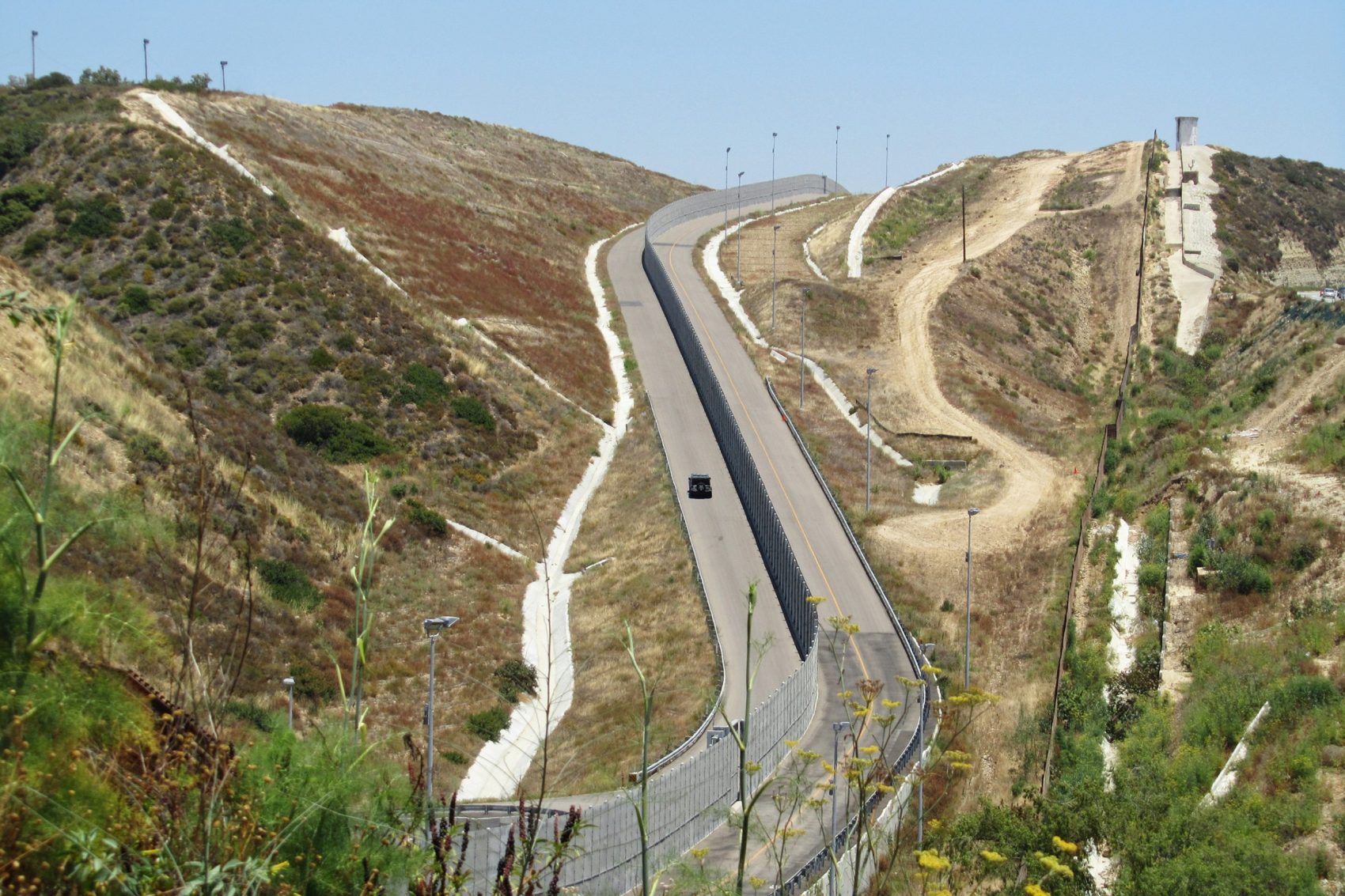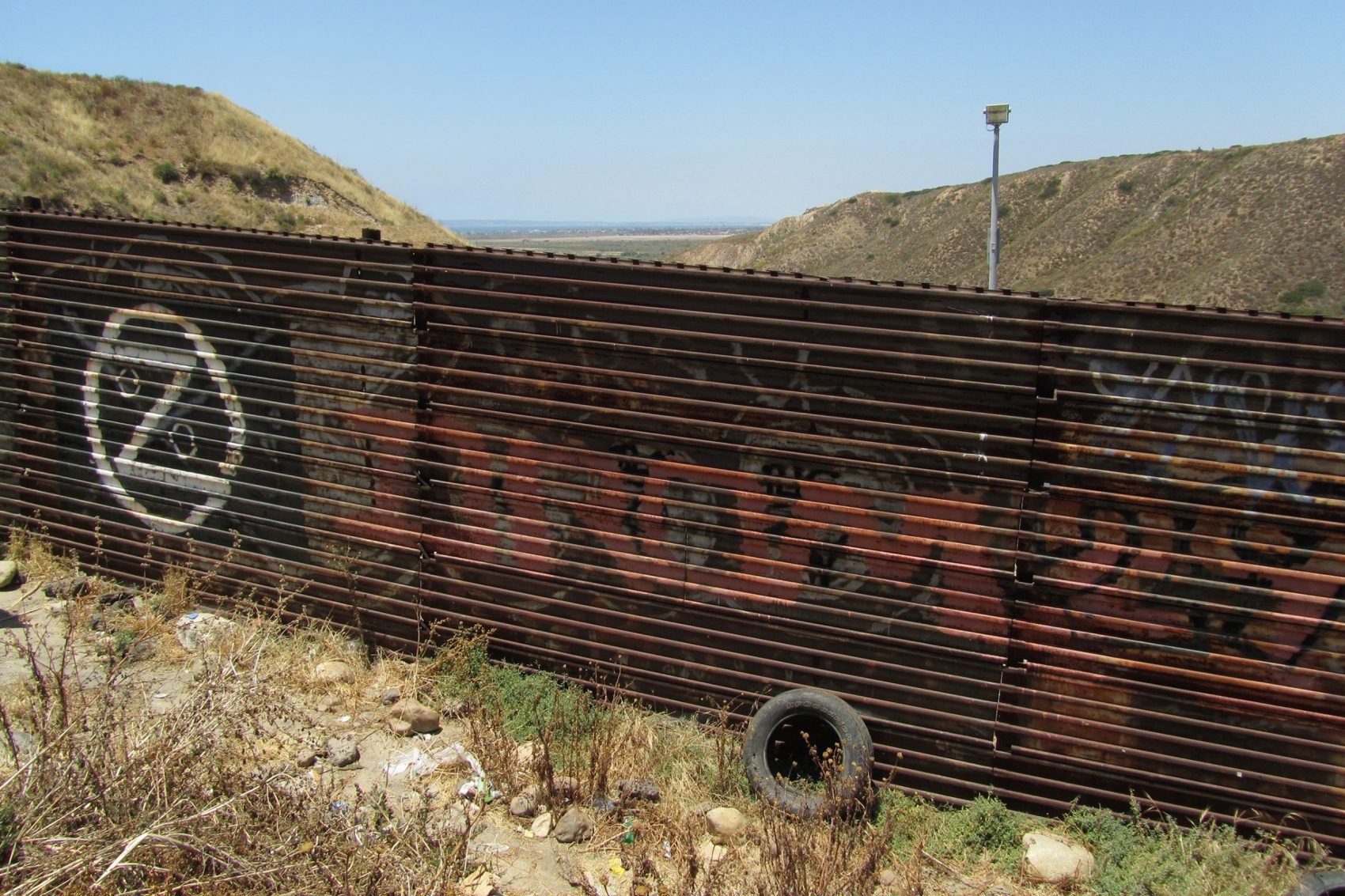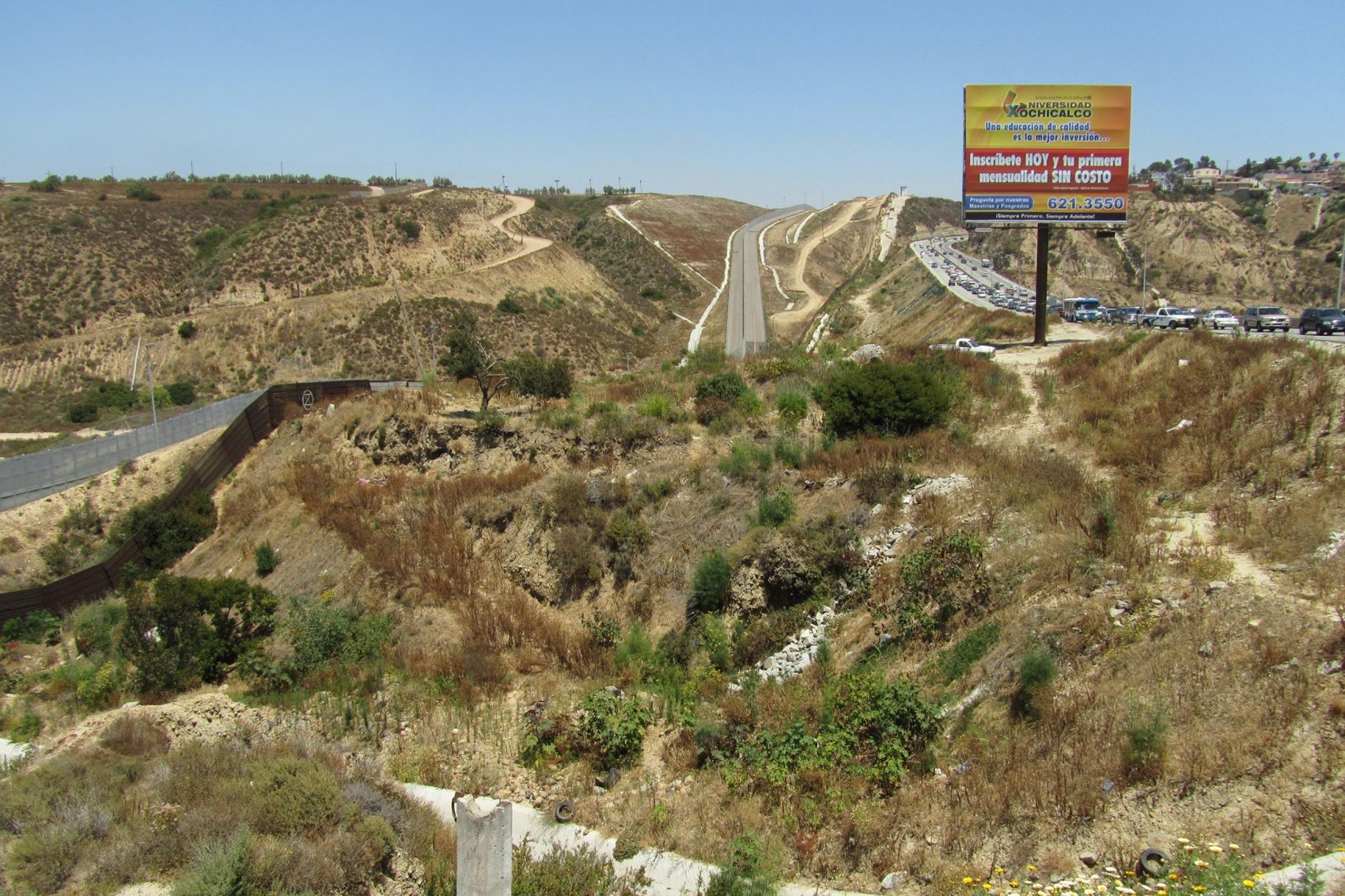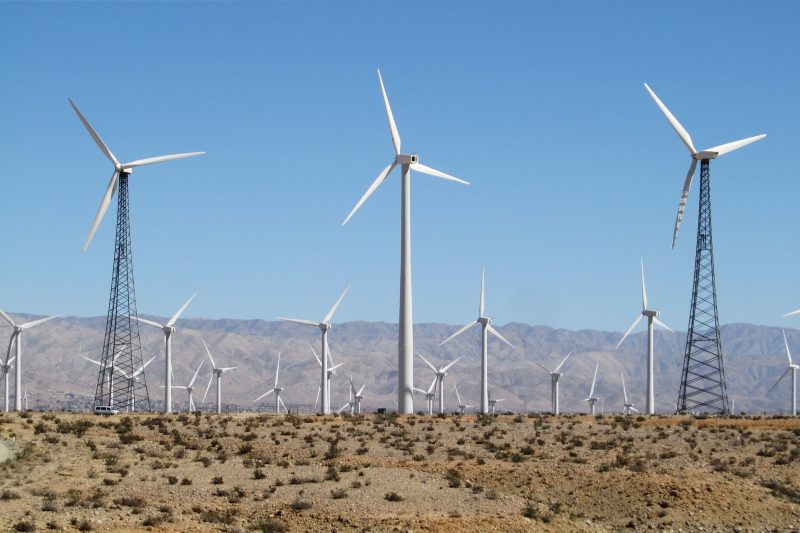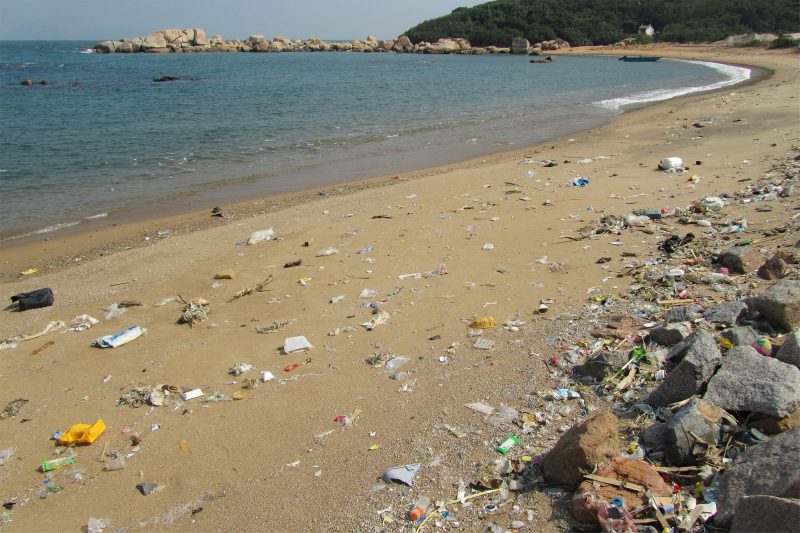The power of capitalist abstraction operates under cover: it spreads via fragmentations, zonings, borderlines, crossings and penetrations. In the politics of global economic control, these conflictual operations are currently characterised by the re-engineering of ecological and resource systems as the theatre where they occur.
- Peter Mörtenböck, Helge Mooshammer
- Contributed clusters
- World of Matter
CONFLICT MATTER
LEAKAGES
ARTIST/AUTHOR: HELGE MOOSHAMMER
One of the most visited arenas of the circulation of complex formations of valuable substances and refuse is the US-Mexican border area between San Diego and Tijuana. Here, in the same rhythm as waste pickers in China, India and many other emerging industrial countries, working under the most primitive conditions, pull apart building site refuse and imported electronic scrap from Western Europe, Russia and the USA in order to recover valuable metals so that they can be recycled as raw materials, more than 50,000 Mexican migrant labourers pass through the San Ysidro border checkpoint daily in order to be reclassified and valorised, not as part of US society with corresponding citizenship rights, but as workers, who, apart from providing cheap wage labour for the USA, help to gather and take back to Mexico all the garbage that can no longer serve as a usable product in the USA.(1) The architect Teddy Cruz has comprehensively documented how worn out material is being recycled on a large scale south of the American border and how entire urban neighbourhoods are being generated from the refuse of Western civilization. For several years now, his Political Equator project has been drawing widespread attention to the efforts of a network of researchers, artists, environmental activists and engaged citizens not only to trace the global displacement of refuse but also to intervene directly in the capitalist channels of value enhancement through value reduction at both a local and international level.
For several years now, his Political Equator project has been drawing widespread attention to the efforts of a network of researchers, artists, environmental activists and engaged citizens not only to trace the global displacement of refuse but also to intervene directly in the capitalist channels of value enhancement through value reduction at both a local and international level. The political equator that his project challenges is an imaginary line that spans the world between prosperous and poor countries and that, with the aid of complex steering mechanisms, divides the material reality of the global North from that of the global South. It is “an operative critical threshold that bends, fragments and stretches in order to reveal other sites of conflict worldwide where invisible trans-hemispheric sociopolitical, economic and environmental dynamics are manifested at regional and local scales.”(2) This line becomes most tangible where sensor systems, walls, ramparts or entire landscapes are deployed to maintain a separation between the valuable and non-valuable. Indeed, the San Diego-Tijuana metropolitan area itself is dominated by one of the world’s most intricate structural interventions in a landscape in the cause of protecting a political border: dozens of kilometres of newly erected barriers, highly engineered dams, embankments and drainage canals and triple fencing with multilane ramps to enable border patrols rapid access to every point of the border. However, despite this massive array of military technology the political equator is also a field of circulations in which encounters, intersections and contaminations of all kinds take place: between travellers, traders, border guards, migrants, political systems, cultural conventions, territorial jurisdictions, produced goods, animal inhabitants and all kinds of natural substances such as soil, air and water.
These intersections and overlaps provided the conceptual framework for an unconventional border crossing that was organized in June 2011 as the centre piece of the international conference Political Equator III. Participants crossed the border near the Tijuana River Estuary through a heavily guarded culvert in the border fence built by the US Homeland Security. Rather than the open sea, the role of the elastic border was taken here by a small drain next to a sediment basin, which due to the tectonic structure of the site protrudes through the border fortifications and carries polluted river water from the informal border settlement of Los Laureles on the Mexican side into the estuary on the American side, from where it is pumped into water treatment plants. The specific permeability of the border between the USA and Mexico—a technical requirement necessitated by the geology—was put to the test by the PE III meeting in an attempt to transform the border as a limitation on possibilities into a border as a space of possibilities, in which not only dirty water but also a plurality of nationalities could find a place. Within the framework of an artistic project, 200 registered people—including numerous international specialists working on border areas, migration movements and environmental protection—were given permission by authorities on both sides to make this hitherto unique crossing. In the meticulously negotiated and precisely orchestrated performance A Public Border Crossing, which was carefully observed by the US Homeland Security from above, participants crossed the border on foot through a storm drain running underneath the massive border fence and climbed out of the Los Laureles Canyon on the Mexican side.
Like every artistic performance this collective action also plays with the simultaneity of fact and fiction, representation and reality, symbolic value and spatial inscription. Rather than giving visual form to an existing situation, the concern here is with the creation of new opportunities, with an amplification of the permeability of this waste-water pipe as a means of generating the potential for a general permeability that gives rise to a temporary fabric of order and disorder, planned process and improvisation, controlled movement and waste flows. Of course it can be asked whether this facilitates a general perception of border crossings as performance and what politics this perception would imply. But how else should we perceive the dramatic orchestration of international border zones, with all their identity masquerades, communication templates, rituals of transit and recurrent representations of legality and illegality? In this sense perhaps it is only logical to see border transits, tunnel traversals and ocean crossings as acts whose nature is somewhere between fact and fiction and thereby to become more cognizant of the fundamentally fictional and irregular nature of the border. Surely the real provocation represented by an enterprise such as Political Equator consists not so much in crossing a physical border as in the activation of a fabric of subjectivities, practices, economies, and conceptual and material flows that can intervene in the prevailing determination of this landscape? The defence mounted against the diffuse nature of threat is answered here with a celebration of the diffuse as a laboratory of possibilities. Given the prevailing pattern of value formation, consumption and disposal, this may change little in terms of the fact that the threshold to a therapy for widespread fears of devaluation and collapse is a high one. However, the therapeutically effective intervention takes place at another threshold, one that often disappears from view amidst the storm of transnationalization raging across our living environment: the insistent traversal of the borders of natural and political landscapes, the real and the imaginary, material and human waste.
(1) Fernando Romero (2008) The Contemporary U.S.-Mexico Border and its Future. New York: Princeton Architectural Press.
(2) Teddy Cruz (2011) Political Equator, online: http://www.politicalequator.org
THE POLITICS OF SCARCITY
ARTIST/AUTHOR: PETER MÖRTENBÖCK
